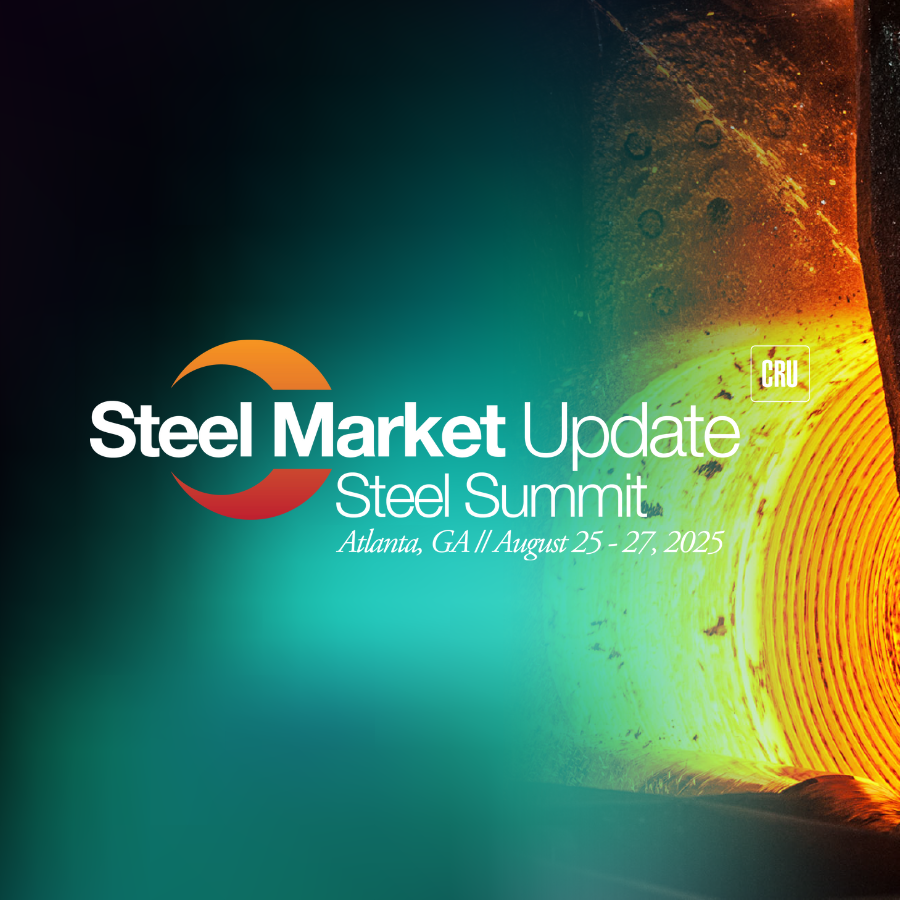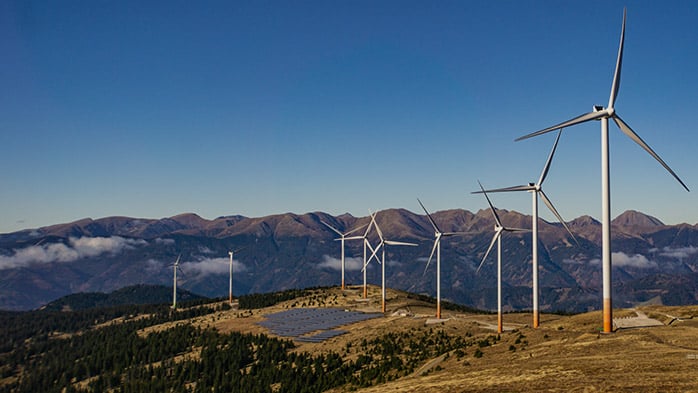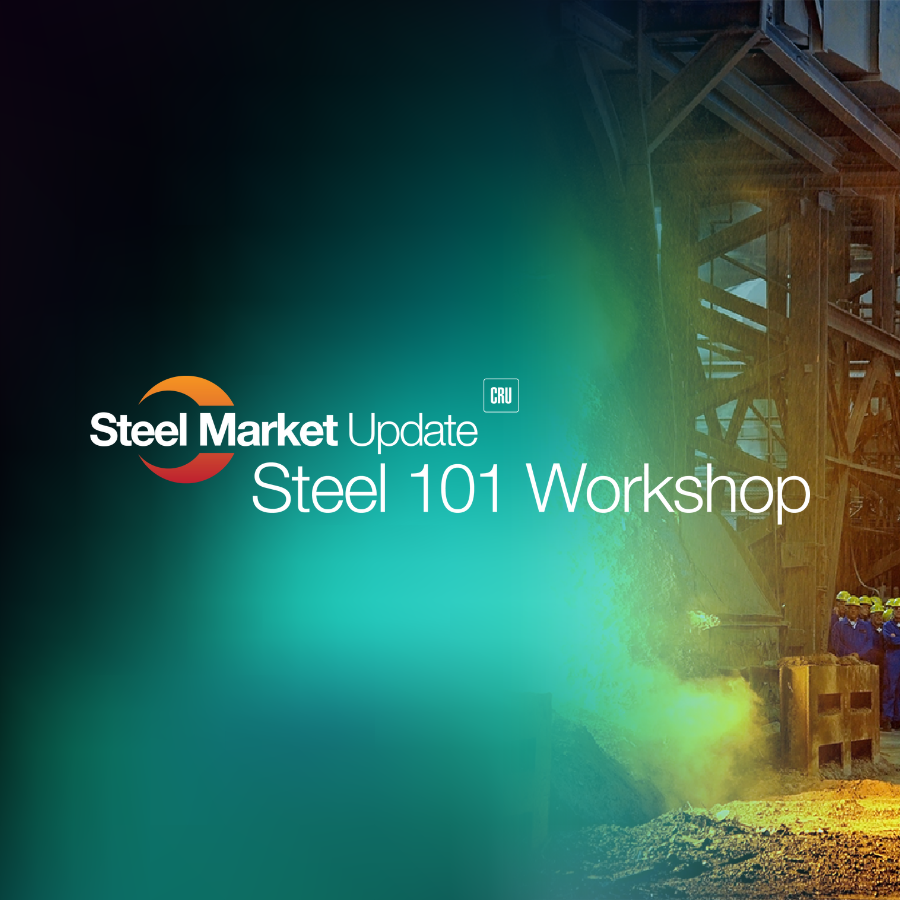Having reached record highs last year, zinc metal spot premia in Europe and the USA have been under pressure most of this year. They are now well below the annual contract premia for 2023 and are likely to fall further in the second half of the year. The increase in LME stocks in Singapore also pressured premia lower in Taiwan, China in June. In this Insight, we will look at the main drivers of metal premia and how we expect them to perform in the coming months.
The steep fall in freight rates and weak end-user demand have pushed premia lower
Record-high freight rates in the wake of the Covid-19 rebound, combined with energy price-related smelter disruption in Europe on the back of the war in Ukraine, lifted European premia to record highs last year. Similar increases were seen in the USA, where the closure of Hudbay in June 2022 pushed the market into a large enough structural supply-demand deficit to necessitate imports from Asia, in addition to those from South America and Australia.
In contrast, premia in Asia ex. China remained relatively stable due to weak demand from China and the wider Asian region, but our CIF Taiwan, China assessment softened alongside European and US premia this month. The exception to recent falls in premia was China, where the recent (short-lived) reopening of the import arbitrage lifted CIF China premia from $110 /t to $120 /t in June.
European spot premia have fallen more than $100 /t so far this year
The sharp slowdown in European demand in 2022 H2 and record-high premia led to many consumers concluding less tonnage than normal under long-term contracts (LTC). We estimate the average 2023 LTC premium in Europe was $510 /t (compared to $250 /t in 2022 and $105 /t in 2021), and spot premia started the year at $495 /t. However, high zinc prices and other inflationary pressures have continued to take their toll on European zinc demand this year. Not only has spot market activity been lacklustre, but some consumers have been forced to delay LTC deliveries of zinc due to weak order books. At the same time, freight rates have collapsed, making imported metal much cheaper and resulting in more competitively priced offers from South Korea, India, Japan and elsewhere.
We are currently forecasting a contraction in Europe’s zinc demand of 3.3% y/y in 2023, following last year’s -5.1%. According to our estimates, the European market will be close to balance this year, despite the closure of Glencore’s Porto Vesme smelter and the ongoing maintenance shutdown at Nordenham. Europe’s primary export market is Turkey, which imported almost 100,000 t of European zinc in 2022. But demand is down there too, and Turkey’s imports from Spain fell by 59% y/y in January-May, from 43,951 t to 17,830 t, although total imports were down by just 3.4% y/y.
We expect European premia to fall further
Market participants remain pessimistic about the European demand outlook in H2, with some expecting a double-digit decline for the year. This, coupled with unsolicited offers of imported zinc at prices reflecting good availability of metal units in Asia and South America and low container freight rates (down by 50% from some Asian countries since the start of the year), suggest that premia have further to fall. While European producers have managed to maintain spot premia in the high $300s /t to the low $400s /t, we hear that imported metal is being offered at ever-lower numbers. Even in an illiquid spot market, this will pressure producer premia lower.
Support for metal premia may come from smelter disruption in Europe in late Q3 or Q4 if energy prices increase to the point where it is more profitable to sell energy back to the grid than continue operating. But for now, we expect downward pressure to continue and premia to fall further in Q4.
The North American supply deficit will give some support to metal premia
Record high ocean freight rates from South Korea to the US East Coast last year were a key driver of the increase in US metal premia, which were bid up to encourage imports to fill the supply gap left, in part, by the closure of Hudbay’s Flin Flon smelter. Premia reached a high of 37 ¢/lb from May to October 2022 but softened as imports began to arrive towards the end of last year. We estimate that the average 2023 LTC premium in the USA was concluded at 34 ¢/lb.
This year, US demand has softened (although it has held up better than in Europe), and some consumers have ended up long of zinc under LTCs and have sold metal to other end-users. Container freight rates have collapsed, so lower-priced imports, alongside weak spot demand, have put downward pressure on US spot premia, which fell from 31 ¢/lb in January to 27 ¢/lb in June.
We estimate there is still a substantial margin for imported metal with US premia in the high 20s ¢/lb, given how far container freight rates from Asia have fallen. Improved availability of metal in the Asian region due to weak demand from China and elsewhere means that Asian producers will continue to look to other regions to place their metal. We therefore expect US metal premia have further to fall. However, the size of the structural supplydemand deficit suggests that imports from Asia will still be required in addition to those from South America and Australia.
Spot premia in Asia ex. China expected to remain relatively stable
We estimate CIF Taiwan, China LTC premia for 2023 averaged $180 /t (up from $150 /t in 2022 and $125 /t in 2021). Meanwhile, spot premia started the year at $170 /t CIF Taiwan, China but drifted lower in April then fell to $140 /t in June. This is somewhat surprising, given that the Chinese arbitrage was positive in late-May, lifting the volume of zinc imports. However, demand is still weak and on track to contract y/y in some Asian countries. And, although LME global zinc stocks remain critically low, all recent inflows have been into Asian warehouses, bringing more visibility to the region’s surplus metal and improving availability.
Taiwan, China spot premia may find some support in Q3 if the Chinese import arbitrage reopens as expected, leading to a tighter Asian market. Smelter disruption in Europe could also be positive for Asian premia if imports from the region are required to meet a supply gap in Q4. However, given our forecast of a 100,000 t global refined metal surplus this year, we expect the CIF Taiwan, China premium to remain around current levels.
This article is published as part of CRU's Zinc service.
















